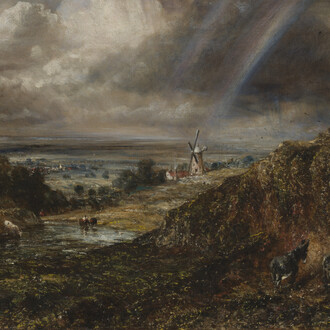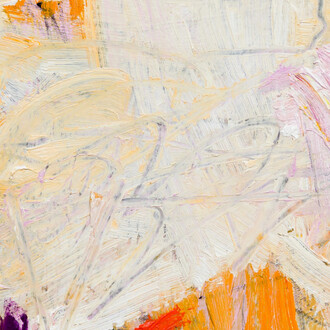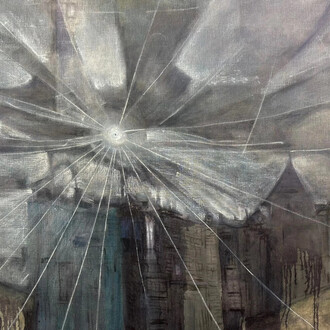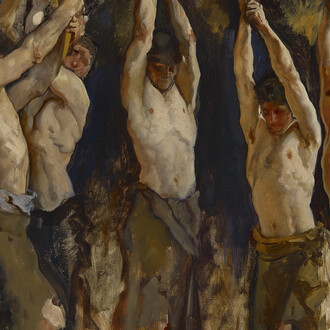Over the course of a career which spanned half a century, British photographer Gerry Cranham led the field of sports photography, defining how we understand this genre today. Now in his 90th year, this ground-breaking artist’s legacy will be exhibited at the Michael Hoppen Gallery, in the first exhibition of its kind to honour this sporting icon.
Cranham’s reputation rests on his legendary sports images, but he also recorded some of the 20th Century’s most dramatic moments, from documenting the funeral of JFK to capturing Steve McQueen at the height of his celebrity. Cranham has also been widely credited with pioneering innovative photographic practises, including his use of long- lead cable remote techniques, and his introduction of colour action shots.
“I had to do it discreetly, hide the camera and then collect it later” Cranham commented, after he became the first photographer to position his camera under the jumps at the Cheltenham racecourse. “[They] would have kicked me off the course if they saw me.” The technique would go on to become a mainstay of sports reportage across the world, and it remains a vital tool in the arsenal of many sports photographers today.
The range and variety of photographs shot by Cranham created cemented his reputation as a tireless innovator, as comfortable shooting England’s triumphant victory in the 1966 World Cup final as getting up close to Muhammad Ali or Alan Minter. Cranham’s perspective was intimate and action-packed, capturing the exhilaration and humanity of his sporting subjects with refreshing intensity.
Cranham’s 1971 retrospective at the V&A was the first exhibition in the museum’s history to be dedicated to a sports photographer, and perhaps more remarkably, only its second solo show of a photographer’s work (following an earlier exhibition of Henri Cartier-Bresson.) More than 20 hand-printed vintage silver gelatine prints, many of which were last exhibited at the V&A, will be shown in this new tribute exhibition at the Michael Hoppen Gallery.
















